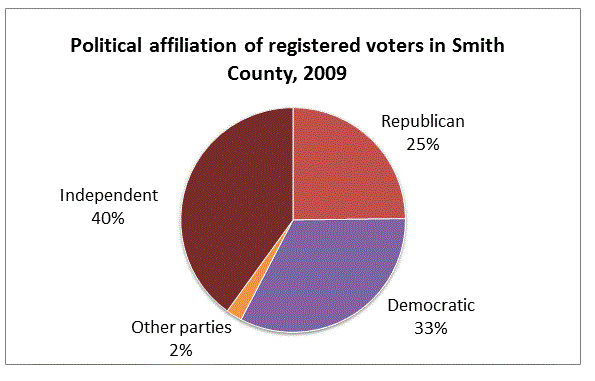All HSPT Math Resources
Example Questions
Example Question #81 : Hspt Mathematics
$12,000 is deposited into a savings account that draws 6% simple interest per year. If no money is withdrawn during the first five years, how much money is in the account at the end of the fifth year?
We can use the simple interest formula 

The savings account will have 
Example Question #204 : Percentage
To get on the ballot for student body president, a student must turn in a petition with the signatures of 4% of the students. If there are 3,268 students, how many signatures must a student get to be on that ballot? (Round to the nearest whole person.)
4% of 3,268 can be calculated by multiplying 3,268 by 0.04, the decimal equivalent of 4%:
Multiply 3,268 by 4, then move the decimal point two places to the right:

so
Rounded to the nearest whole number - 131 signatures.
Example Question #82 : Hspt Mathematics
A sweater costs 100 dollars. It is then discounted 20%. A week later it is discounted another 25%. What is the final price of the sweater?
60 dollars
45 dollars
50 dollars
55 dollars
60 dollars
When the 100 dollar shirt is discounted 20%, it will be discounted 20 dollars, leaving the price at 80 dollars.
When 80 dollars is then discounted another 25%, that value is equal to another 20 dollars.
100 dollars less 20 dollars, less another 20 dollars is 60 dollars.
Thus, 60 dollars is the final price.
Example Question #1721 : Isee Middle Level (Grades 7 8) Mathematics Achievement

Refer to the above diagram. If there were 15,934 voters who were affiliated with a political party in Smith County in 2009, how many voters (nearest whole number) were there total?
40% of the voters were registered as independents, so 60% were registered as a member of a political party. Since 60% of the voters numbered 15,934, we can find the total number of voters by setting up and solving a proportion:
which rounds to 26,557 voters.
Example Question #82 : Arithmetic

Refer to the above graph. If there were 17,856 registered voters in Smith County in 2009, how many voters were registered as neither Republicans nor Democrats (nearest whole number)?
2% of the voters were registered as members of other parties, and 40% were unaffiliated, so we want to calculate 42% of 17,856, or, equivalently,
which, to the nearest whole number, rounds to 7,500 voters.
Example Question #81 : Hspt Mathematics
Julie bought some groceries at the store where she works for $196.57. She got an employee discount of 15%. How much would the same groceries cost a non-employee?
Paying at a 15% discount is equvalent to paying 85% of the original price, so $196.57 is 85% of the original (non-employee) price, or, equivalently, 0.85 times that price. If 
A non-employee would pay $231.26 for the groceries.
Example Question #841 : Numbers And Operations
Becky ate 

This can be solved using a proportion:
Cross multiply and solve for 
Example Question #2 : How To Find The Whole From The Part With Percentage
For her birthday, Susan asks her mother to buy her a car. Susan’s mother agrees to give Susan 150 percent of whatever amount Susan can save up in six months. If Susan saves 
$750
$900
$300
$700
$550
$900
When Susan's mother agreed to match her savings plus fifty percent, she agreed to give Susan 

Before multiplying by the amount Susan saved, we must convert 

Now we multiply 

Susan's mother owes her $
Example Question #3 : How To Find The Whole From The Part With Percentage
If sales tax on a pair of jeans is 

$58
$62
$60
$66
$56
$58
Since the jeans are the only item being purchased, and they cost $





Note: In order to find the decimal form of a percent, we divide it by 
Find the tax:
Therefore the sales tax added to the original price is $
The final cost of the jeans is $
Example Question #83 : Hspt Mathematics
If Suzie's birthday cake costs $15 and it is on sale for 25% off how much will she pay at the register?
To find the answer you must first convert the sales percentage to a decimal by moving the decimal left two places yielding
Then multiply the total cost by the decimal 
We then subtract the sales number from the original cost to get the answer:
All HSPT Math Resources



























































